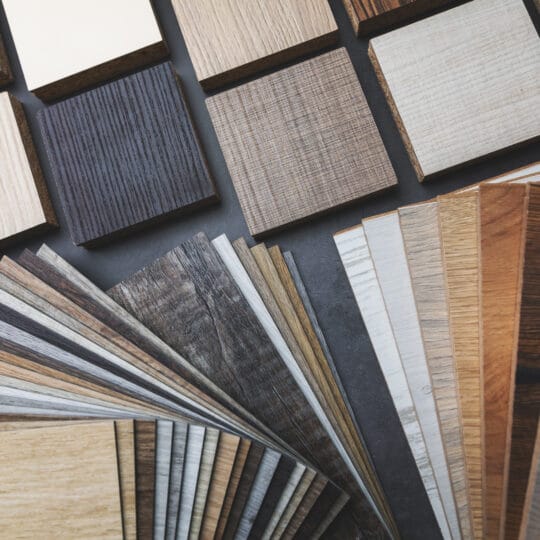7 Types of Eco-Friendly Flooring
And How to Keep them Clean

Flooring can go through a lot in a day. From foot traffic to spills, it needs to be durable and easy to clean to maintain a fresh look and healthy atmosphere. But should it also be eco-friendly? It should if you’re committed to making a minimal environmental impact. Here are seven types of eco-friendly flooring to consider and why it’s a better option for you and the earth.
What Makes Flooring Eco-Friendly
When it comes to categorizing something as environmentally friendly, the materials, manufacturing process, and level of maintenance are all considered.
Materials
- Look for renewable resources such as bamboo, cork, and sustainably sourced hardwood.
- Plastic bottles and old carpet can be recycled into new flooring materials to reduce waste.
- Ensure no volatile organic compounds (VOCs) or other harmful chemicals were used in production.
- Natural materials like stone and clay tile can have a longer lifespan when properly maintained.
Manufacturing
- Wood that’s responsibly harvested often comes with specific certification from the Forest Stewardship Council (FSC).
- Manufacturing processes that require less energy creates less of a carbon footprint.
- Recycling and reusing materials reduces waste.
Maintenance
- Durable materials require less maintenance and extends its lifespan.
- Well-maintained products resist wear and tear, reducing the need for replacement.
- Being easier to clean requires less energy and potentially harmful products for upkeep.
Even with all these factors, there are a number of flooring materials that are considered to be more eco-friendly than others.
Types of Eco-Friendly Flooring
If you want a durable, low-maintenance floor that makes a minimal environmental impact, here are your options:
- Bamboo. This renewable source is harder than many hardwoods.
- Cork. Not only is it renewable, but it’s naturally antimicrobial too.
- Linoleum. Often made from natural materials like linseed oil, cork dust, and wood flour.
- Reclaimed Wood. Recycled wood from buildings and other sources gives the space a unique aesthetic while giving the materials a second life.
- Natural Stone. Durable and long-lasting, with a natural look and feel.
- Porcelain Tile. Made from natural clays, it also has a long lifespan and can be recycled.
- Wool Carpet: A natural, renewable, and biodegradable option.
Once you’ve chosen your eco-friendly flooring, you can further maintain its natural look and extend its lifespan by keeping it clean. JDog Carpet Cleaning & Floor Care offers a range of services for residential and commercial customers. From hardwood to tile, we consider the type of flooring before ensuring it’s cleaned in a safe and effective way. Call 844-GET-JDOG to learn more about how we can help maintain your eco-friendly floor.